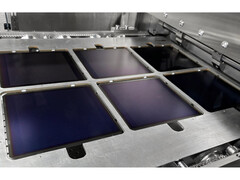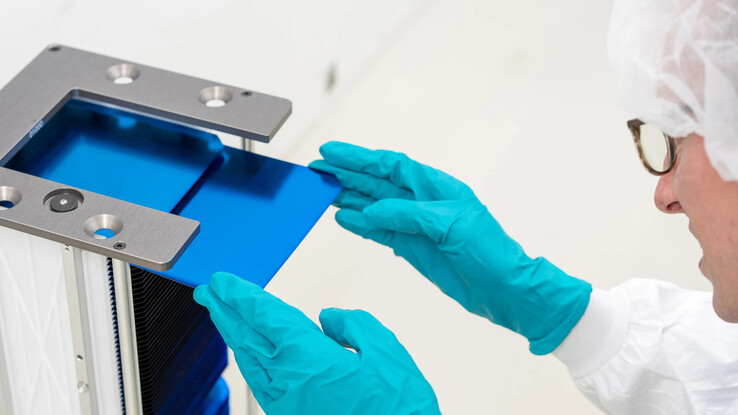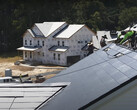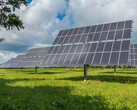Commercial solar panels with record-breaking efficiencies could be realised in just a few years using perovskite tandem solar cells. Researchers at Swift Solar, a Silicon Valley company, have been working on the technology for more than a decade, as have many other start-ups. But some scientists fear that time is running out:
I have a feeling that if in the next two to three years there’s no perovskite products, the market may decrease its confidence in this technology.
- Bin Chen, research assistant professor with a focus on perovskite technology at Northwestern University
The process involves coating silicon with perovskites (e.g. by vapour deposition, printing or spin coating) so that different wavelengths of sunlight are absorbed, and has already achieved over 33% efficiency in the laboratory. One of the challenges is the perishability of perovskite as a material for solar panels, but progress has recently been made in improving its stability. Some solar companies have shown their confidence in the technology in recent months by investing large sums in pilot production lines.
The idea is to make something that’s cheaper to manufacture per watt, and then you can sell it at a premium because it will be quite high efficiency.
- Jenny Chase, solar analyst at the research service BloombergNEF
In addition to the volatility caused by high sensitivity to water, light and heat, the scalability of the projects plays a crucial role. The US Department of Energy has invested millions of dollars in two recent projects by Bin Chen and Barry Rand, professor of electrical engineering and computer science at Princeton University, to test perovskite silicon configurations that could be more durable, as well as projects by universities and the US National Renewable Energy Laboratory.
Tomas Leijtens, co-founder and chief technology officer of Swift, says the company can now expose its cells to temperatures of up to 70°C. The start-up hopes to have its high-efficiency modules on the market within four years:
The results are, I think, promising enough to make those investments. But it shouldn’t be thought about as [a] ‘job done.’ There’s still many breakthroughs, mainly with respect to stability, to still emerge.
A few months ago, First Solar, the largest solar manufacturer in the US, acquired the European perovskite company Evolar. UK start-up Oxford PV plans to launch the first perovskite tandem modules with an efficiency of 28.6% this year. Hanwha Q Cells of Korea plans to invest US$100 million in the construction of a perovskite tandem pilot line.
While it’s true that silicon is great, tandems are better. In the fight to tackle climate change, we need to accelerate, not just say, ‘Oh, this is good enough—we’re done.’ Everything can continue to be improved.
- Tomas Leijtens




















